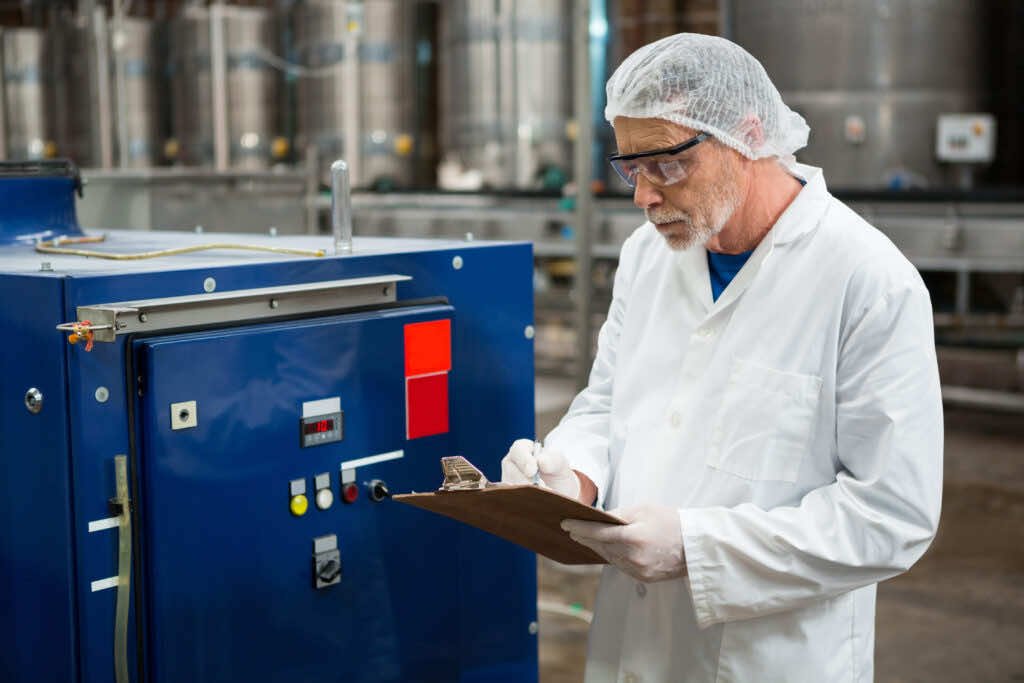
When you think of manufacturing, you probably picture machines, assembly lines, and finished products rolling off the line.
But one behind-the-scenes factor plays a surprisingly big role in how those products turn out: moisture.
The amount of water in materials, from food to wood to paper, can make or break the final result. That’s where moisture measurement comes in.
Understanding Moisture in Materials
Moisture is just water that’s either inside or on the surface of a material. Every material—like wood, fabric, or powdered chemicals can hold some moisture.
In some industries, moisture needs to be kept at just the right level. Too much or too little can cause problems such as product defects, safety risks, or wasted materials.
Take food production, for example. If there’s too much moisture in snack foods, they can turn soggy or spoil faster.
On the other hand, if they’re too dry, they might crumble or taste stale. The same idea applies to building materials too much moisture in cement or wood can lead to warping, cracking, or mold growth.
Why Manufacturers Need to Measure Moisture
For manufacturers, moisture isn’t just a small detail it can impact quality, safety, cost, and even legal regulations. Here are some big reasons why measuring moisture is so important:
Quality Control
Every company wants to deliver a high-quality product. Moisture levels affect texture, strength, durability, and overall performance. A fabric that’s too wet might shrink. A dry cake mix may not bake properly. Measuring moisture helps ensure each product meets the company’s standards.
Preventing Waste
When moisture levels aren’t right, materials often have to be thrown out. That’s not just a waste of product it’s a waste of time, money, and labor. By measuring moisture during the process, manufacturers can catch issues early and make adjustments before it’s too late.
Improving Efficiency
Moisture levels can also affect machine performance. For example, sticky materials might clog machines, slow production, or cause breakdowns. Moisture measurement helps keep everything running smoothly by ensuring materials are in the best condition for handling.
Meeting Regulations
Moisture levels are often regulated by law in pharmaceuticals and food production industries. Too much water can create the perfect environment for bacteria or mold. Companies need accurate moisture readings to meet safety standards and avoid legal trouble.
Saving Energy
Drying is a big part of many manufacturing processes. But drying too much wastes energy, while under-drying leads to poor quality. Moisture measurement helps find the sweet spot, so manufacturers use just the right amount of energy no more, no less.
How Moisture Is Measured in Manufacturing
There are several ways to measure moisture, and the right method depends on the type of material and the industry. Here are a few of the most common methods:
– Oven Drying
This method involves weighing a sample, drying it in an oven, and then weighing it again. The difference in weight tells you how much moisture was in the material. It’s accurate but takes time and isn’t ideal for quick checks on the production line.
– Infrared Sensors
These sensors shine infrared light on a material and measure how much is absorbed. Moisture affects how much light is absorbed, so this gives a fast reading. It’s great for materials moving on a conveyor belt.
– Capacitive Sensors
These sensors measure changes in a material’s electrical properties. Moisture affects conductivity, so this method is helpful for grain, powders, and other bulk materials.
– Microwave Technology
This method uses low-energy microwaves to detect moisture deep inside a product. It’s often used in thicker materials like wood or rubber and can measure moisture all the way through the object.
Each method has its own benefits, but the goal is always the same: get a fast, reliable reading that helps keep production on track.
Real-World Examples
To understand how this works in real life, let’s look at a few examples:
- In the lumber industry, wood is dried before it’s cut and used for furniture or homes. If it’s too wet, it might shrink or warp later on. Moisture measurement ensures the wood is stable before it’s used.
- In food manufacturing, baked snacks need just the right crunch. Moisture levels are measured throughout the baking and cooling process to ensure the texture is perfect.
- In paper production, too much water makes paper weak and prone to tearing. Measuring moisture helps make sure the final paper is strong, smooth, and usable.
Future of Moisture Technology
As technology improves, moisture measurement is becoming faster and more automated. Smart sensors now provide real-time data, allowing manufacturers to adjust immediately. These systems can even alert operators if something goes wrong or if moisture levels start drifting from the target range.
In the future, AI and machine learning may help predict moisture trends based on weather conditions or material quality. This could improve accuracy and make factories even more efficient.
Conclusion
Moisture may seem like a small detail, but it plays a huge role in manufacturing. From keeping products safe and consistent to saving money and energy, accurate moisture readings help everything work better.
For any industry that deals with raw materials, moisture measurement isn’t just helpful it’s essential.
